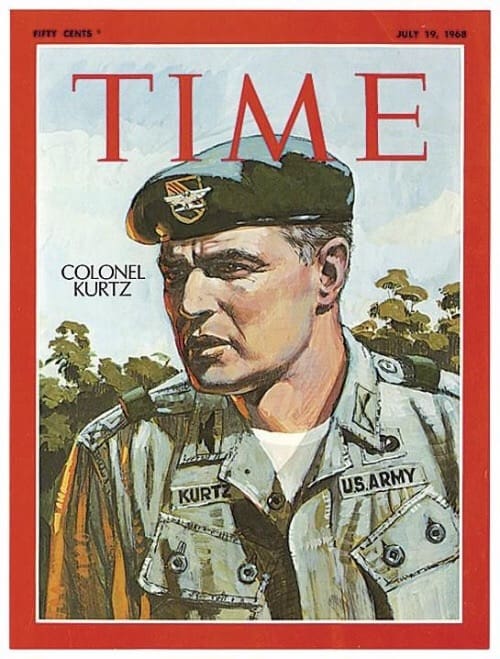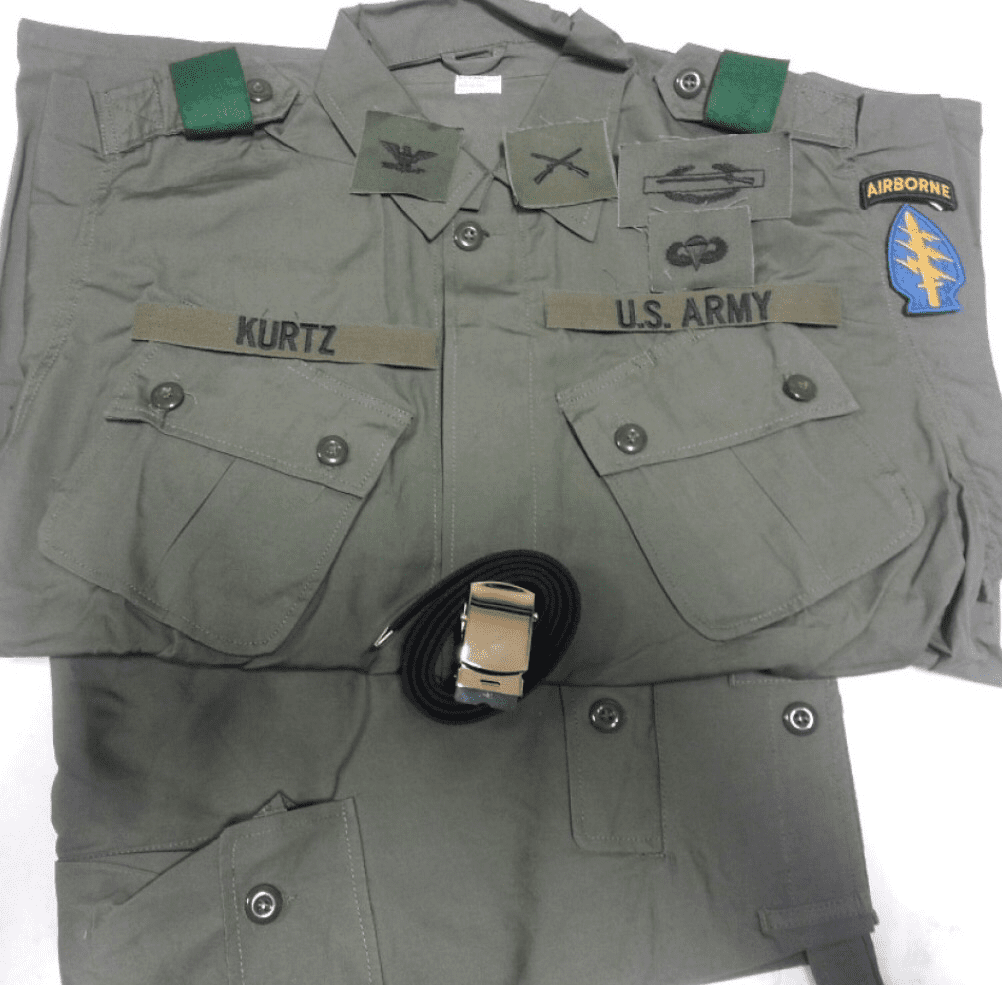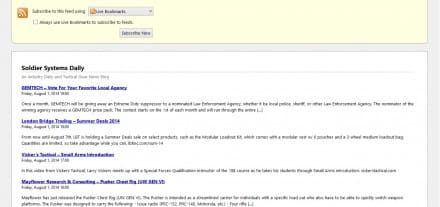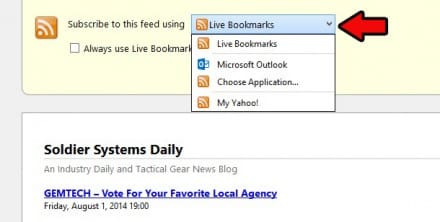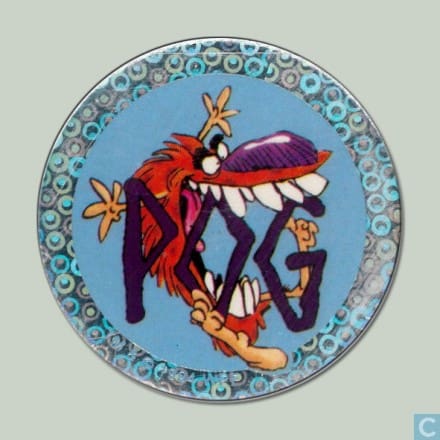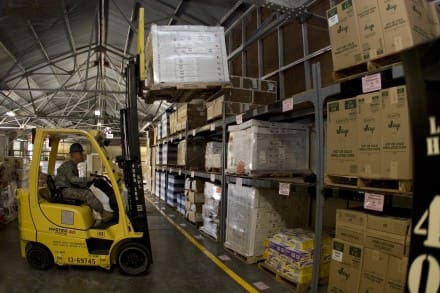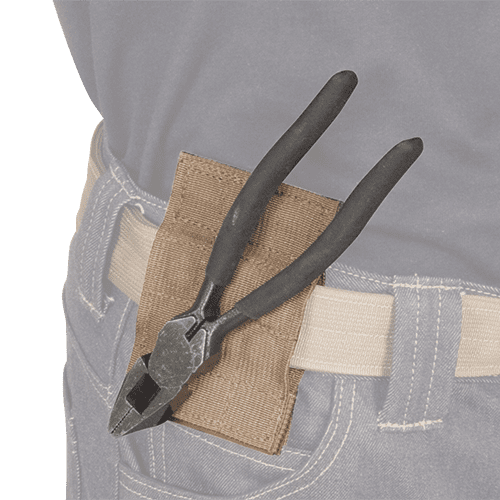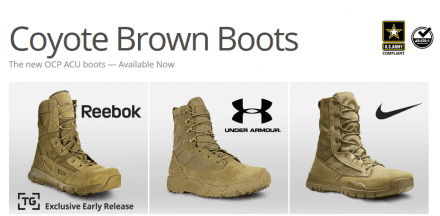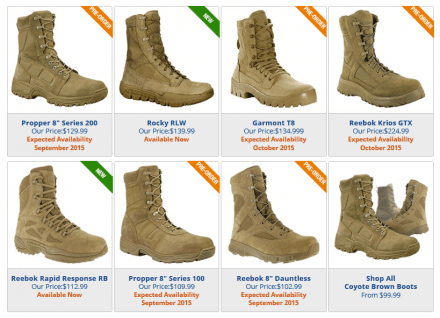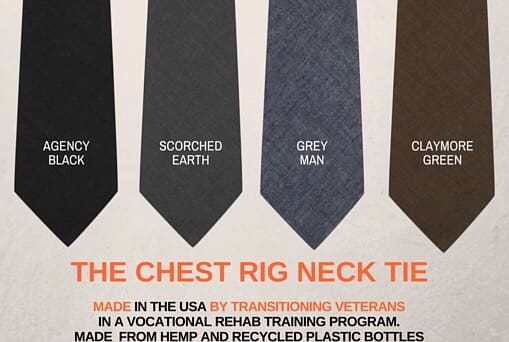Targets, trash and a Sharpie
I see a lot of different targets out there, some are very simple and some are quite ornate and expensive. A target is designed and intended to give the shooter speed and accuracy feedback based on historically significant data from other shooters across the spectrum of various shooting disciplines. For that reason I use almost entirely USPSA metric, IPSC classic, IPDA standard, B8 pistol and SR-1 rifle targets. I choose these because I want to know how accurately and how rapidly I shoot in relation to other accomplished shooters worldwide and those targets give me a legitimate comparative scale. If I don’t have them I can draw them with a Sharpie on a piece of cardboard from the trash and voila! I get the same feedback damn nearly.
I’ve spent deployments in far less developed countries where the targets that were supposed to be there were not. We ended up taking all the 9mm and 5.56 out of the boxes and dumping them back in the ammo cans so we could use the cardboard boxes as targets and used stencils and spray paint for both pistol and rifle targets with whatever target skins they did have. When we ran out of those we cut up and drew consistent sized target areas on any trash that would show bullet holes and we could glue, tape or staple to a backer. In the end it really doesn’t matter what you shoot at as long as you scale it comparable to what is considered a standard for your particular task. I have found LE qualification targets tend to be far too forgiving in the size of their scoring areas so I take my trusty Sharpie and draw a 6”x11” A-Zone, 8” IPDA -0, 5.54” B8 9-ring or 6.35” SR-1 9-ring. I will also use my pen to make non-standard shapes for offset or surgical shot drills and to put numbers in the shapes as well to add another mental component to the drills and training (the picture below is from a recent Marine class where we were exercising sight offset for M4 carbines. The shapes are all smaller than the height over bore). In the end, targets are anything that allows you to print shots and by using standard sizes and distances it gives you legitimate data to base your training goals or evaluations on.
Last point, it really doesn’t matter if a target has all kinds of scary faces or humanoid looking drawings or looks like a human anatomy char, it just matters that you can put the bullets exactly where you choose or where it is required as fast as possible. Everything else is flair and flair at a cost. Buy a Sharpie, pasting tape and some simple targets, maybe make a stencil or two and then get to the business of refining your shooting technique and spend the money saved on bullets. My last Unit in the Army used USPSA cardboard, NRA B8 and SR-1 targets for more than 90% of our marksmanship training that was not shot on steel for the reasons mention at the beginning of the piece.
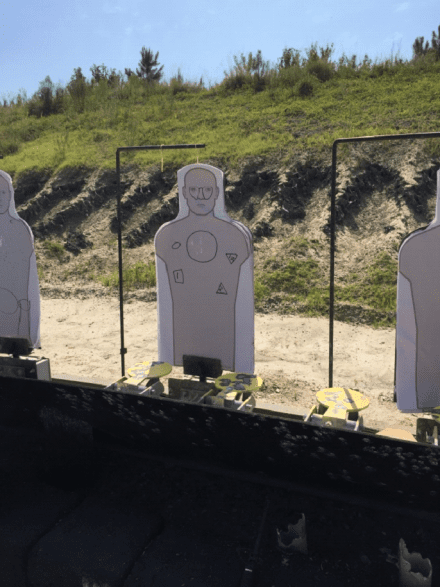
– Mike Pannone
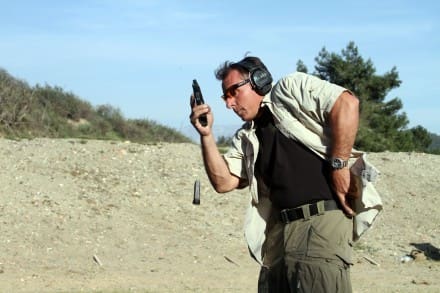
Mike Pannone retired from the Army’s premier assault force (1st SFOD-D) after an explosive breaching injury. A year after his retirement America was attacked on 9/11 and he returned to help serve his country as the head marksmanship instructor at the Federal Air Marshals training course and then moved to help stand up the FAMS Seattle field office. In 2003 he left the FAMS to serve as a PSD detail member and then a detail leader for the State Department during 2003 and 2004 in Baghdad and Tikrit.
In 2005 he served as a ground combat advisor of the Joint Counter IED Task Force and participated on combat operations with various units in Al Anbar province. Upon returning he gave IED awareness briefings to departing units and helped stand up a pre-Iraq surge rifle course with the Asymmetric Warfare Group as a lead instructor. With that experience as well as a career of special operations service in Marine Reconnaissance, Army Special Forces and JSOC to draw from he moved to the private sector teaching planning, leadership, marksmanship and tactics as well as authoring and co-authoring several books such as The M4 Handbook, AK Handbook and Tactical Pistol shooting. Mike also consults for several major rifle and accessory manufacturers to help them field the best possible equipment to the warfighter, law enforcement officer and upstanding civilian end user. He is considered a subject matter expert on the AR based Stoner platform in all its derivatives.
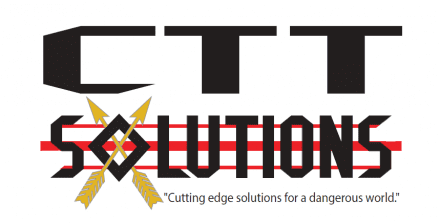
Gunfighter Moment is a weekly feature brought to you by Alias Training & Security Services. Each week Alias brings us a different Trainer and in turn they offer some words of wisdom.


